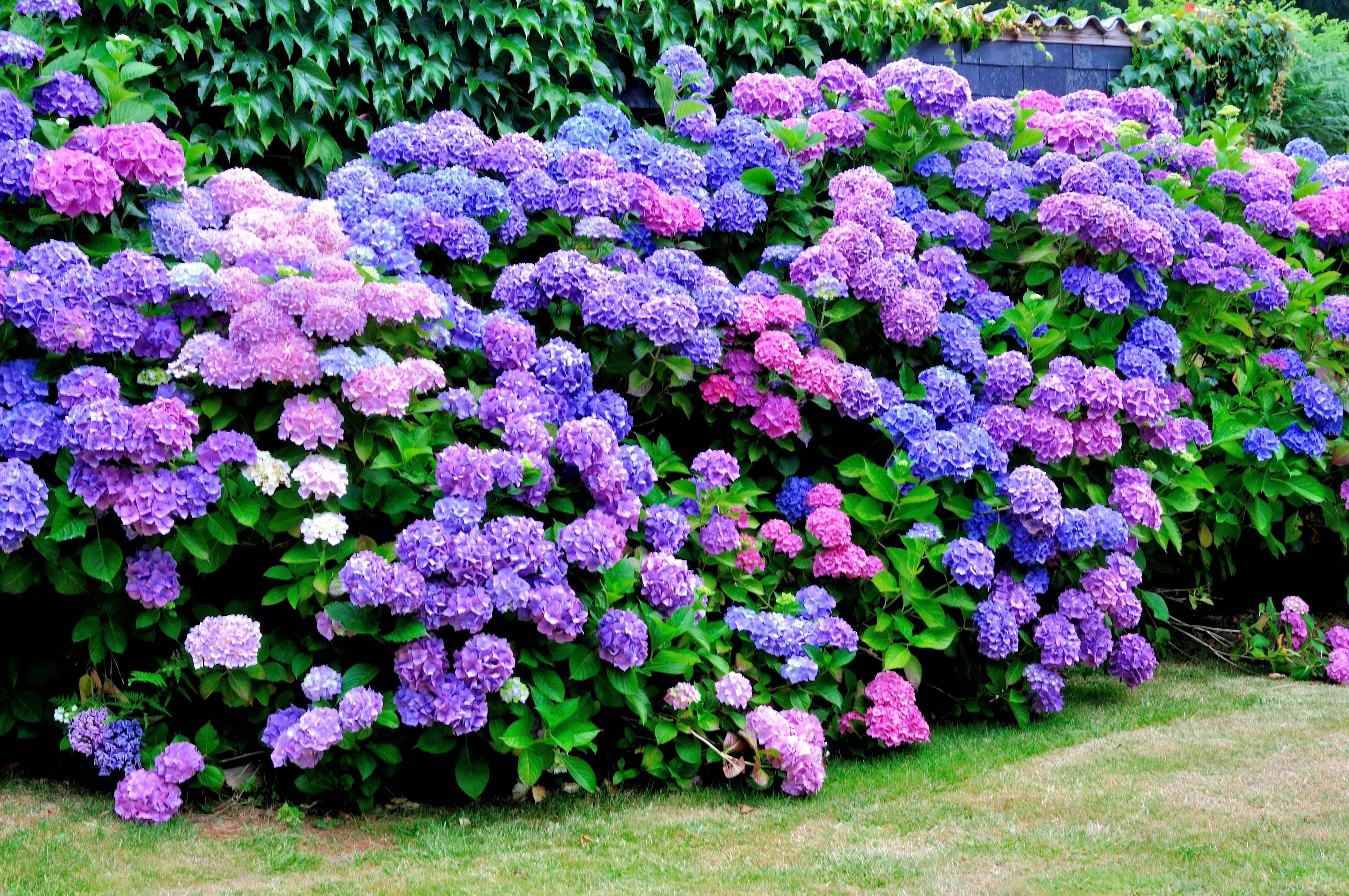Your yard needs a standout feature, something that says, "I'm the star here!" Enter hydrangeas, boasting large, fluffy flower clusters in pink, blue, purple, and white. While homeowners love them, don't be fooled - hydrangeas can be picky. But fear not, this guide will make you a hydrangea expert, leaving your neighbors wondering if you hired a landscaping pro.

Hydrangeas 101: Beyond Beauty
Hydrangeas are more than just pretty faces. They come in various shapes and sizes, from towering varieties perfect for hedges to compact ones ideal for container planting. But the real showstopper is their blooms - massive, rounded clusters resembling giant pom-poms. However, here's a fun fact: those showy parts are actually specialized leaves called bracts, surrounding tiny, true flowers in the center. So, next time you admire your hydrangeas, you can impress everyone with your newfound botanical knowledge.
Thriving Hydrangeas: Tips for Success
Hydrangeas need adequate hydration but dislike waterlogged soil. Find the right watering balance and check soil moisture regularly. They also have location preferences; some love full sun while others prefer shade. Mulch helps retain moisture and suppress weeds, while proper pruning depends on the variety. Adjust soil acidity for different flower colors.
Location Matters: Sunlight or Shade?
Hydrangeas are like picky real estate agents - they have distinct location preferences. Some varieties love full sun, while others prefer a bit of afternoon shade, especially in warmer climates. Knowing your hydrangea's variety is crucial. Bold, showy blooms often indicate a sun-loving variety, while daintier flowers may prefer shade. Misjudge this, and you could end up with stunted growth, wilting leaves, or a disappointing lack of blooms.
Mulch Magic: A Masterclass in Mulching
Mulch is your hydrangea's best friend. This layer of organic material (think shredded bark or wood chips) retains moisture in the soil, keeping your thirsty plants happy. It also suppresses weeds - those pesky plant bullies trying to steal your hydrangea's spotlight. Apply a 2-3 inch layer of mulch around the base of your plant, but keep it away from the stem to prevent rot.
Pruning Debate: Clip, Cut, or Let It Be?
Pruning can be daunting, especially for novice gardeners. However, with hydrangeas, a simple trim can make a big difference. The timing and technique depend on the variety. Some hydrangeas bloom on old wood (meaning the stems that grew the previous year), so pruning them in late summer or fall could result in fewer blooms next season. Others bloom on new growth, so a light prune in early spring can encourage bushier plants and more flowers. Confused? Don't worry; your local gardening expert can help identify your hydrangea variety and advise on the best pruning practices.
Enhance Your Hydrangeas with the Best Fertilizers
Consider local fertilizer companies for the best hydrangea care. Look for lawn fertilizer treatments near you and choose from the top 5 fertilizers for hydrangeas. Your vibrant and thriving hydrangeas will be the talk of the neighborhood!





